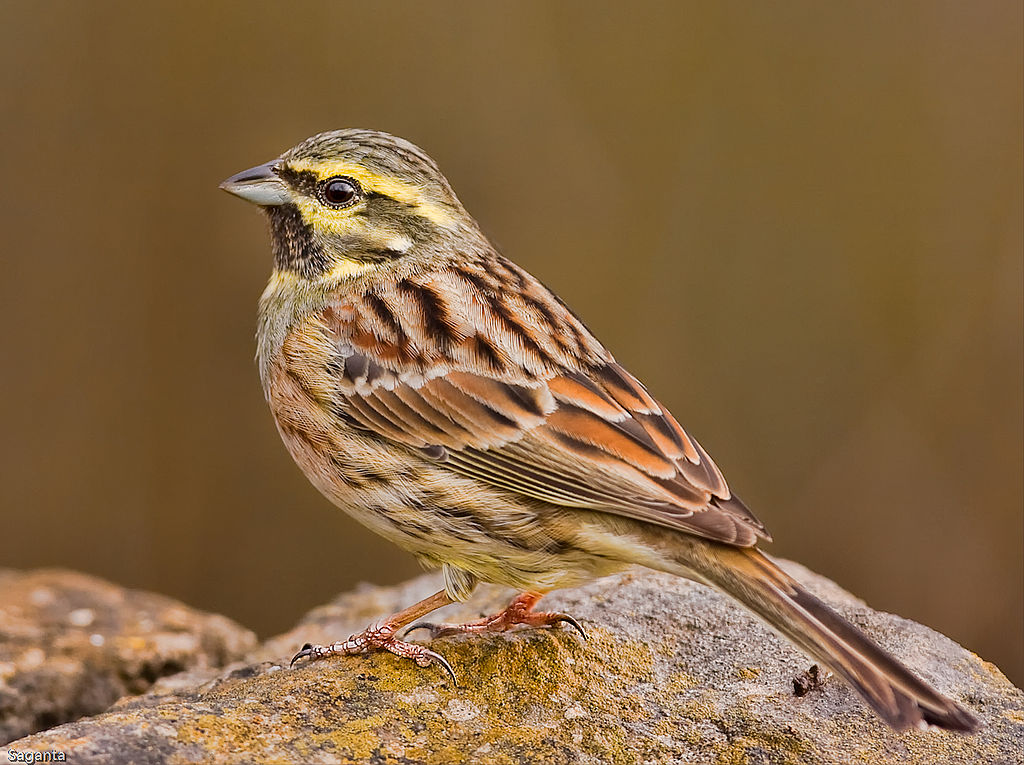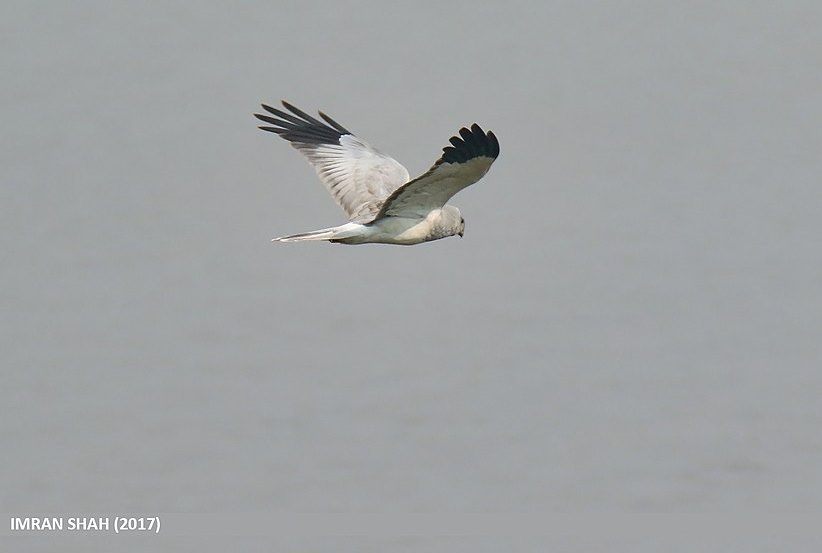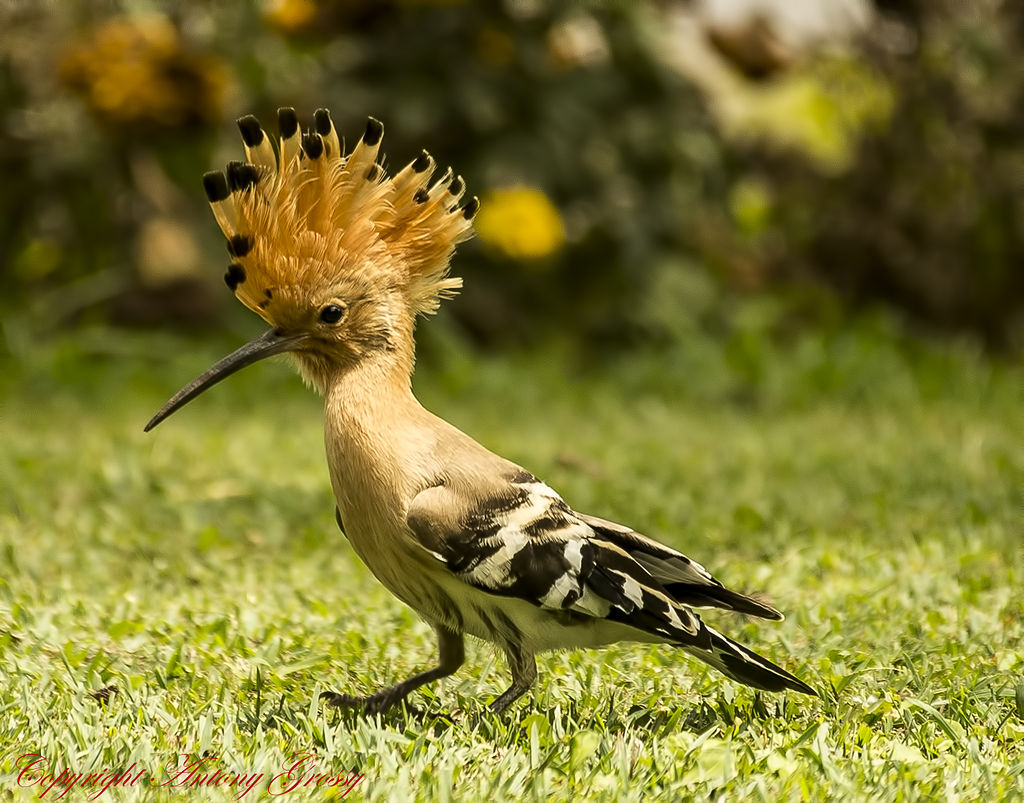Bird Watching in Normandy
Normandy is a great location to go bird watching and you are guaranteed to see plenty of different species when you head out with your binoculars ... or even without them. The region has a huge variety of species, some common enough to see every day, others much more rare. Every day we see species such as sparrows, finches, starlings and buzzards and in summer we marvel at the agility of swallows swooping through the skies. At night owls hoot across the darkness and should you get up with the rising sun in spring the dawn chorus is fabulous. And as I write this post in late April the cuckoos have just returned. Joy indeed for your ears but so rarely seen.
The reason Normandy is so good for birds is due to its varied landscape of mixed habitats together with less-intensive farming methods, low human population and it's location on mainland Europe.
Habitats you will find in Normandy:
- Coastal habitats including dunes, sandy beaches, cliffs and mud flats
- Farmland with many old/derelict buildings and a variety of crops
- Grassland, much of which still supports a large number of wildflower species
- Native woodlands with a wide variety of trees of all ages and all important standing dead wood
- Hedgerows and roadside verges
- Rivers and lakes
- Some urban areas
In much of the countryside the farming is not intensive. There is not a large input of agricultural chemicals which means wild flowers flourish with their associated high insects populations giving plenty of food for wild birds. Normandy, being on mainland Europe, is also the northern/western limit for some species that only rarely make it across The Channel to England.
There is one bird, more than anything else sums up, for me, why Normandy is a wild bird success story and I have to admit it is a case of mistaken identity. For years I had seen birds in the hedges around Eco-Gites of Lenault that I thought were Yellowhammers but it was only when we had some keen bird watching guests recently that I was told (somewhat excitedly, it has to be said) that they were in fact Cirl Buntings. In Britain changes in agriculture have had a devastating effect on the population of these small birds and whilst they were once common in southern England they are now restricted to a small area in south Devon. In Normandy, though, it appears they are much more common! 
Photo attribution: Paco Gómez from Castellón, Spain [CC BY-SA 2.0 (https://creativecommons.org/licenses/by-sa/2.0)]
Cirl Buntings may be quite common but we do have some very interesting rare birds that you might be lucky enough to see around the gite, as we have at one time or another.
Rare Bird Sightings at Eco-Gites of Lenault in Normandy
Hen Harrier
Most often seen as it hunts at dawn or dusk this almost ghostly bird can occasionally be seen gliding silently over open countryside. They are resident in Normandy all year but numbers have declined due to localised persecution and nest destruction. I have been lucky enough to see them three times (in 12 years!).

Photo attribution - Imran Shah from Islamabad, Pakistan [CC BY-SA 2.0 (https://creativecommons.org/licenses/by-sa/2.0)]
Black Stork
At the other end of the colour spectrum you may see this much bigger and almost black stork, somewhat like a dark shadow in the sky. Distribution maps for the Black Stork do not show them in Normandy but we have been assured by a keen bird watching friend that they have both moved further north into Normandy and are breeding here. Their nest sites remain secret, though, as their numbers here are low, believed to be no more that 500-600 pairs.![]()
Photo attribution - מינוזיג - MinoZig [CC BY-SA 4.0 (https://creativecommons.org/licenses/by-sa/4.0)]
Black Woodpecker
Another almost black bird this time with a distinctive red flash on its head, the Black Woodpecker is found across Europe and Asia but in Normandy they are at the very limit of their western distribution with just a few local populations further south west in Spain. I have only seen one once as it flew across our driveway but I often wonder if the tapping I hear in the local woodlands is in fact a Black Woodpecker rather than the more common species we also see and hear - Great and Lesser Spotted and Green Woodpeckers.
Photo attribution - Alastair Rae from London, United Kingdom [CC BY-SA 2.0 (https://creativecommons.org/licenses/by-sa/2.0)]
Hoopoe
Hoopoes are so distinctive you can never muddle them up for another bird - orange, black and white in colour and sporting a impressive crest you will not mistake then for anything else. A few birds migrate to Normandy in summer and I have been lucky enough to see one very briefly just once. I was on the school run so unable to stop for a better view and I have never seen one since. Simon has also seen one down in the valley but that is it for our Hoopoe sightings. Maybe this summer we will see more.
Photo attribution - Antony Grossy from Conoor, Nilgiris District, Tamil Nadu State, India, India [CC BY 2.0 (https://creativecommons.org/licenses/by/2.0)]
We cannot promise that if you come to Eco-Gites of Lenault you will see any rare birds. However, if you are a keen bird watcher (and maybe one who can tell a Cirl Bunting from a Yellowhammer) then we can assure you you will find plenty of species here.
What is the rarest wild bird you have ever seen?

